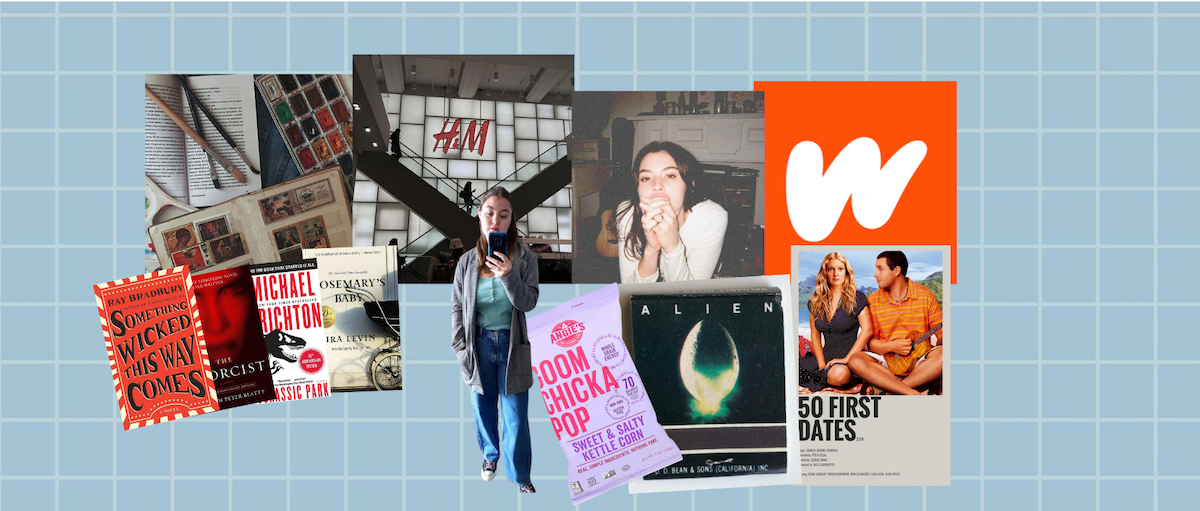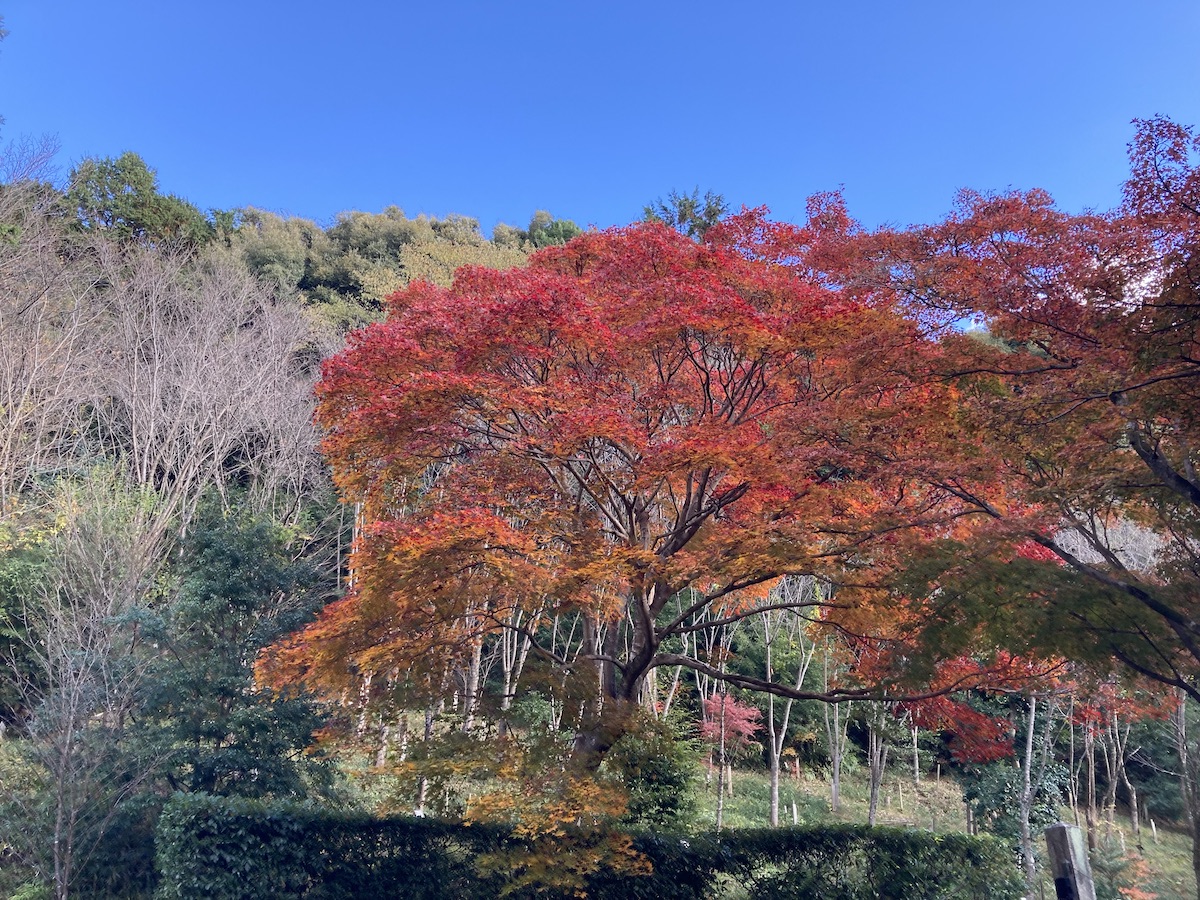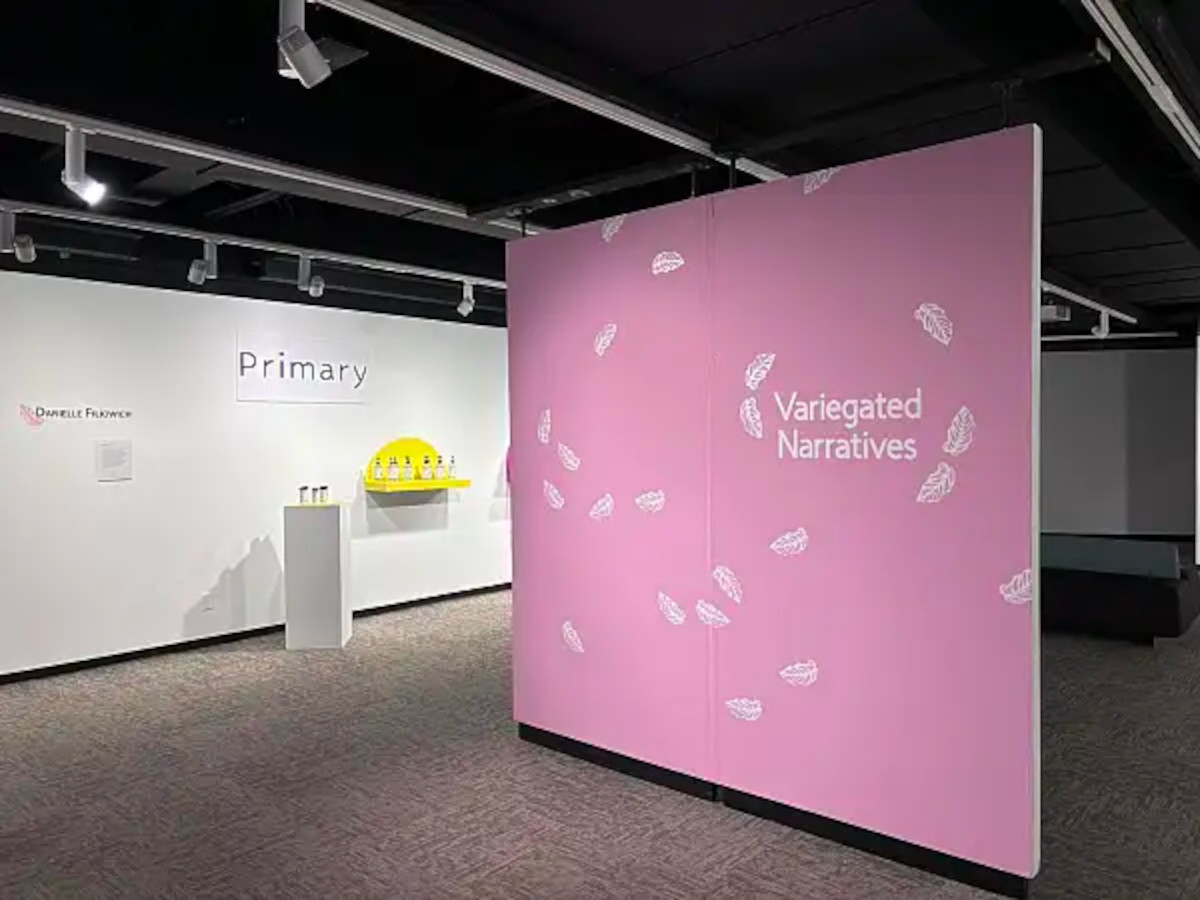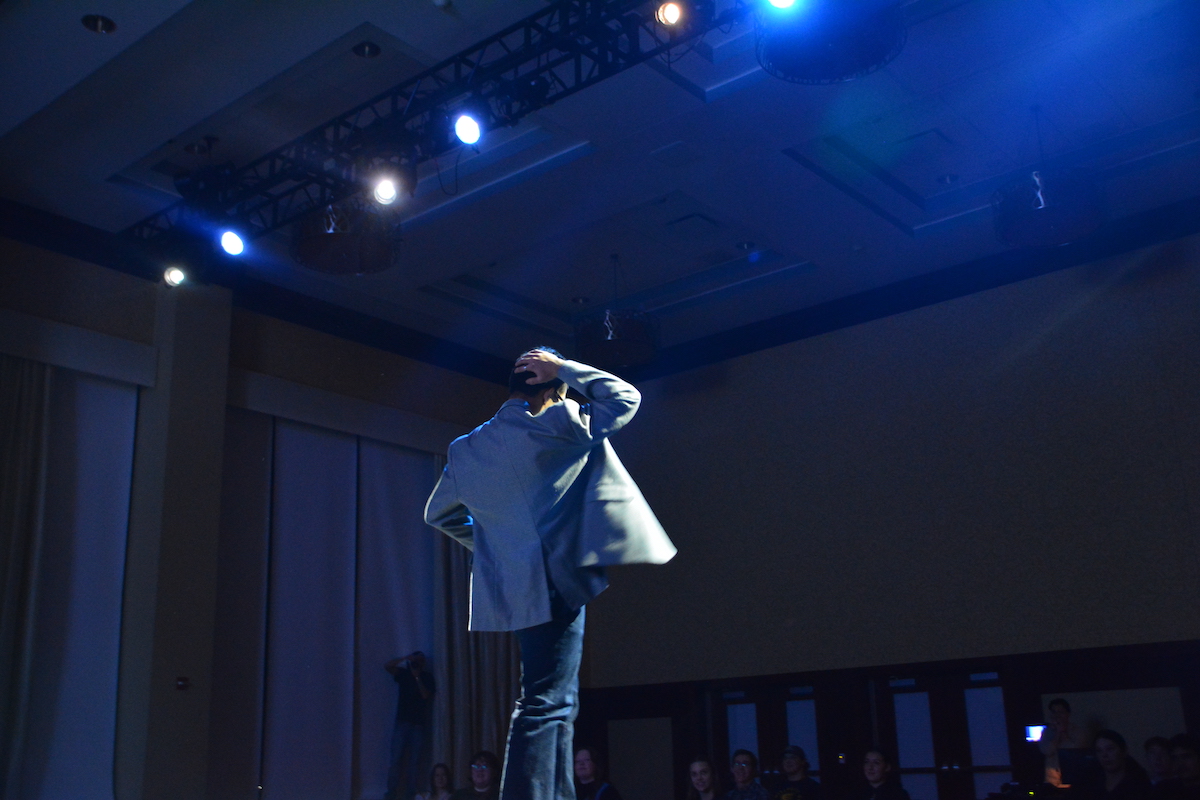While most travelers take in their surroundings through their senses, a photographer lives their journeys through their lens. At least that’s the way photographers Ellen Mahaffy and Xiang-Yun Chen see it.
“I don’t ever intend to remember those memorable moments, instead I look at my images,” Chen said.
Chen, senior photography student and Mahaffy, associate professor in the communication and journalism department, traveled together to China over winter break 2011-2012. Their journey was spent focusing on the Yangtze River. An exhibit of selected photos of their journey, “West to East” is displayed in the Communication and Journalism Center until May 17.
Chen, originally from the Fujian province of China, came to the United States in 2009 to pursue her second bachelor arts degree in advertising, but after taking Mahaffy’s intro to photography class she immediately switched her major to photography.
Due to her heritage, Chen is very familiar with the Yangtze River: the longest river in Asia and third longest in the world. So whenChen came across a book by professional photographer Nadav Kander featuring pictures of his photographic project in China she was intrigued, and it called to do her own work.
“As I flipped through the pages I thought this is not the China that I used to know. And then I thought ‘I can do photography’ and I wanted to go to China and do the project,” Chen said.
Chen expressed her interest to Mahaffy and the two teamed up and applied for the international fellowship program through the Center for International Education, which funded their three-week excursion.
Now, over a year after their journey, Mahaffy and Chen have carefully selected thirty photos for their exhibit. The main theme of the exhibit is centralized around the Yangtze, even though it is not necessarily seen in the images. Mahaffy said there are aspects of the culture, the community, the towns, and what happens when the river is not seen. The river also provided inspiration for the name of the exhibit.
“There are two stories behind the title obviously because right now we are in the west and traveled to the east but also because the Yangtze River flows from west to east so that shows our route,” Chen said.
For Mahaffy the story being told is the contrasts she constantly encountered during time in China between the new and the old, the young and the old, and the west and the east. She said that is what her work reflects while Chen’s is more traditional in essence with some contemporary work intermixed.
Chen and Mahaffy’s work is the first display of its kind that the CJC has seen.
“I think it is an eye-opening experience for students who see the exhibits. This is the only time I’ve seen artwork hung up on the wall so it definitely changes the whole atmosphere of the CJC,” Chen said.
Academic department associate in the CJ department, Judy Gatlin, is also happy to see art on those walls.
“They did an excellent job of displaying their photos in the CJC. That’s what those facilities were set up so it’s kind of exciting to have them utilized the way they were meant for,” Gatlin said.
Even though each person can take something different from the display Mahaffy hopes it serves as an education tool for students.
“It’s a chance to educate students on photography and what is doable and what is possible,” Mahaffy said.
Advice that Mahaffy gives to all her photography classes can also be applied to the viewing of ‘West to East’: “One of the things I stress in my classes is sticking with an image and getting more out of it than the first initial impression. You have to go deeper into and the more time you spend with it hopefully it will produce another story.”






